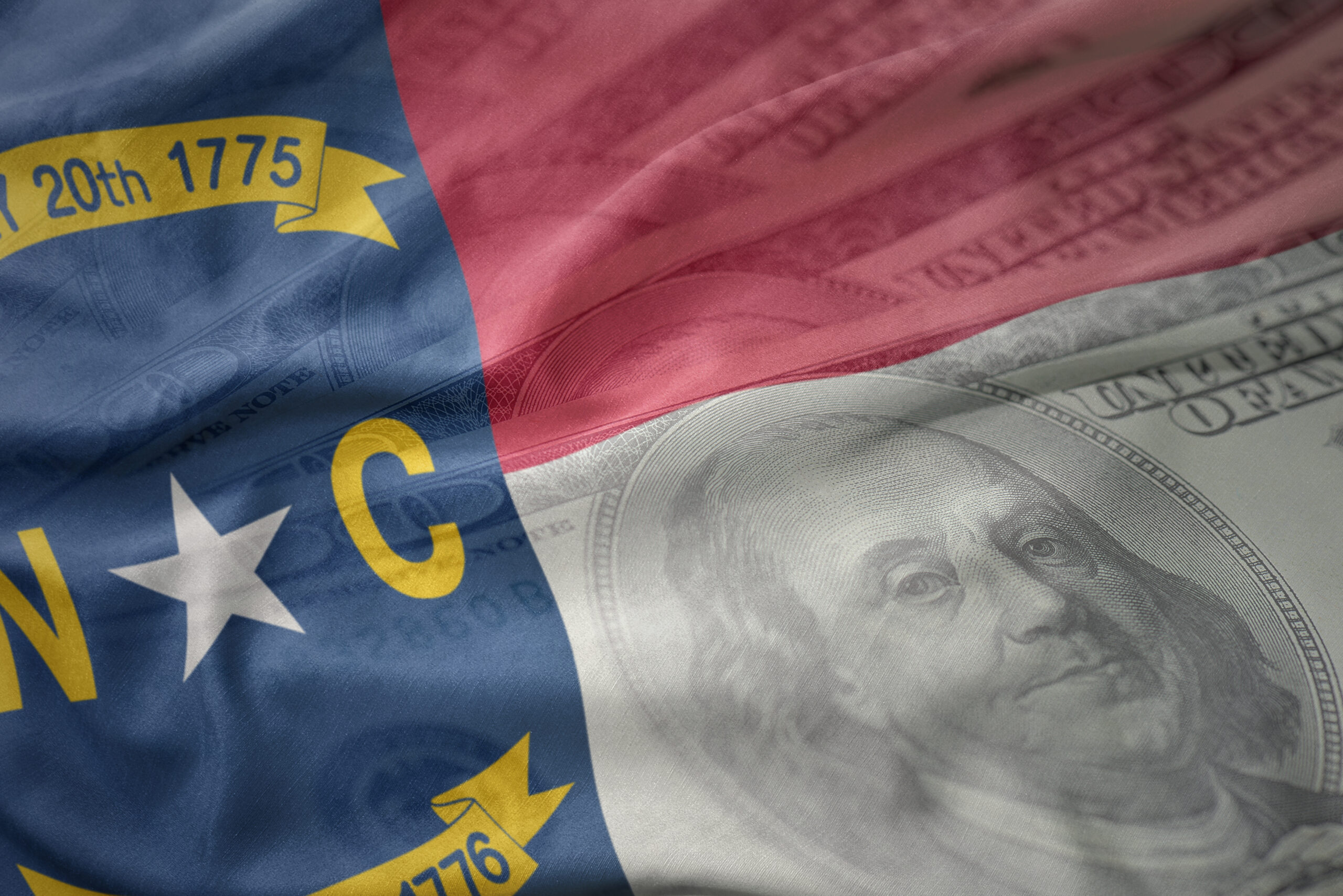
Photo ID requirements for voting will cost North Carolinians and our state
Recent proposal would block access to the voting booth for North Carolinians with low incomes – Black, white, and brown – and shift election administration costs to the county level
For democracy to work for all of us, voters must have our voices heard. Yet, some lawmakers in the NC General Assembly continue to pass legislation that will make it harder for people to vote. The legislature’s recent proposal will put unnecessary limits on mail-in ballot processing and block funding from critical sources. These rising costs will build on the known cost that the NC General Assembly and a politicized state Supreme Court have created in the administration of our elections by implementing an unnecessary and racist requirement to present photo identification to vote.
To find out more about photo identification requirements, check out this resource compiled by Southern Coalition for Social Justice.
As we wrote about in a 2018 report about the cost of photo identification requirements, there are two primary ways in which costs will rise and shift for the administration of elections and in so doing erect steeper barriers to voting for North Carolinians with low incomes — Black, brown, and white.
Obtaining the required photo ID to vote can be costly for residents, particularly in rural parts of the state
North Carolinians across the state will be impacted by the photo ID requirement to vote, but rural, Black, and young voters will experience a greater likelihood of facing barriers to cast a vote.
Federal courts have recognized the barrier that obtaining a photo ID card can become for voters and have required states to offer identification free of charge. However, as the Brennan Center noted in its review of 11 states that have implemented these policies:
“[The] promise of free voter ID is a mirage. In the real world, poor voters find shuttered offices, long drives without cars, and with spotty or no bus service, and sometimes prohibitive costs. For these Americans, the promise of our democracy is tangibly distant. It can be measured in miles.”
In North Carolina, while photo ID will be provided free of charge at County Board of Elections, there are real costs to voters who do not currently have accepted identification.
Already researchers have identified that the geographic distance to Department of Motor Vehicle (DMV) offices that could provide necessary identification also could limit access. Of the five counties with the fastest population growth, one does not have a DMV office and four have only one DMV office.
When people must travel long distances, there can be significant costs that are not limited to public transportation but also inclusive of time taken away from work. Given the lack of universal access to paid leave for our state’s workers, it is very likely that people will be forced to trade off obtaining the ID required to vote and making ends meet, which would serve as a deterrent to the goal of increasing voter turnout.
Adjusting our estimates from 2018 of the cost to individuals of wait times, travel, time away from work, and missing documents suggests that North Carolinians without identification could incur costs ranging from $100 to $134 to secure even a free photo ID.
The figure below shows that the total cost, which is based on county estimates of voters without identification, is high in parts of the state where economic hardship is high. Within counties, we know from the literature that the people bearing the cost of securing a photo identification are most likely to be older people, residents living in more rural communities, and people of color.
Implementing the photo identification requirement pushes costs to county governments that must be funded by the state
The cost of a photo identification requirement to vote not only requires the delivery of no-cost identification but also requires comprehensive voter education activities, staffing and training, technology, and ballots to administer the new law.
These costs should be borne by the state as the rollout of this state-initiated election law change threatens to disrupt election administration by all 100 counties.
An inflation-adjusted estimate of the cost of implementing the photo ID requirement at the state level is roughly $10.5 million (inflation-adjusted), based on data provided when the initial amendment was proposed in 2018.
And while the photo identification requirement will be implemented this fall, budget writers have proposed appropriations far below this level: The House has proposed appropriating just $3.5 million for implementation of the photo ID requirement, while the Senate has proposed $0 in additional funds for implementation.
Major drivers of costs to implement a photo identification requirement include:
Educating voters about the new requirements to show a photo identification card to vote will require public awareness campaigns through advertising and mailing as well as targeted outreach to hard-to-reach populations about accepted forms of identification. Estimated costs range from $0.45 per voter to $1.40 per voter. While no comprehensive review is available of the quality of voter education efforts, estimates are available from other states from more than a decade ago—and thus not accounting for the growth in costs of goods and services. For example, costs in Indiana were estimated at $2.2 million.
Providing voters with Photo ID cards requires that offices be staffed to process identification requests, materials for producing cards to be available, and polling places to have electronic rosters and access to databases that can store photo ID files. A review of states’ planning for these costs suggests many anticipated up-front costs and declines over time and those costs depended on the reliability of estimates of how many people lacked the identification required to vote. For example, estimates from Wisconsin projected a cost of $2 million in 2011.
Staffing (and training the staff) at election sites would be necessary for processing photo IDs and the provisional ballots that are likely to increase given the new law. National estimates suggest a cost of $1,680 for staffing to process provisional ballots and 24 cents a piece to print additional ballots. While training costs aren’t readily available, national researchers suggest that such trainings last 3.5 hours, and in North Carolina, these trainings are state-mandated. Estimates based on the number of voters in North Carolina today suggest this total area could cost $5.5 million, although the cost per voter has not been adjusted for inflation.
These drivers of new costs in the implementation of photo ID requirements must be met with public funds to minimize the harmful effects of this requirement on the election process.
Moreover, it is critical that state budget writers fund all the costs associated with administering this election law change. Failure to do so will create an unfunded mandate that puts pressure on county budgets — particularly in rural and low wealth counties.
Yet, funding these new costs will divert public funds from priorities that the people have for investing in the well-being and civic life of their communities just so that state policymakers can implement a policy that is a known barrier to accessing the ballot.
With the relentless pursuit of photo ID requirements and the failure to date to fully fund implementation, North Carolina’s elected leaders have once again shown a disregard for living into the promise of our democracy — where everyday people have a voice in who represents them and the people who are elected have the responsibility to govern for the good of the whole.
Funding election administration matters for people’s ability to access the ballot box and have their voices heard. Through accessible, free, and fair elections, our democracy can better deliver the policies that reflect the people’s priorities and plans for our communities.


